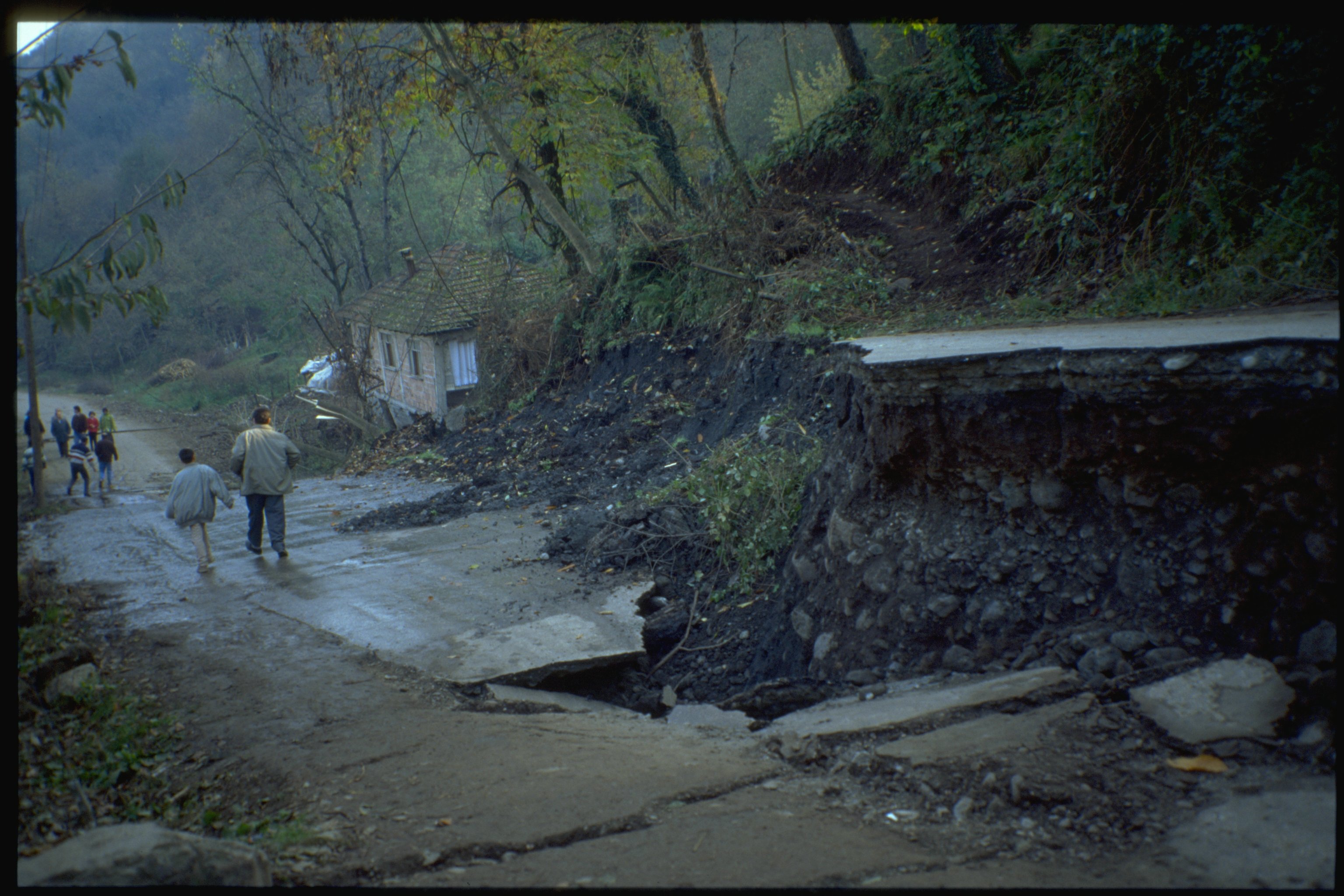All Categories
Featured
Table of Contents
Geophysical Survey Next Step In Carbon Storage Study in Kenwick Western Australia 2023

(PREM)., and the limits between layers of the mantle are constant with stage transitions.

Schematic of Earth's magnetosphere. Circulations from left to.
Inside the magnetosphere, there are fairly dense regions of solar wind particles called the Van Allen radiation belts. Geophysical measurements are normally at a particular time and location. Accurate measurements of position, along with earth contortion and gravity, are the province of geodesy. While geodesy and geophysics are separate fields, the 2 are so carefully linked that lots of scientific companies such as the American Geophysical Union, the Canadian Geophysical Union and the International Union of Geodesy and Geophysics incorporate both.
Geophysical Surveys: Definition & Methods in Wexcombe Australia 2020
A three-dimensional position is computed utilizing messages from four or more visible satellites and described the 1980 Geodetic Referral System. An option, optical astronomy, combines huge coordinates and the local gravity vector to get geodetic collaborates. This method just offers the position in two collaborates and is more hard to utilize than GPS.
Relative positions of two or more points can be identified using very-long-baseline interferometry. Gravity measurements entered into geodesy since they were required to related measurements at the surface of the Earth to the referral coordinate system. Gravity measurements on land can be used gravimeters deployed either on the surface or in helicopter flyovers.
Water level can also be measured by satellites utilizing radar altimetry, adding to a more accurate geoid. In 2002, NASA launched the Gravity Healing and Climate Experiment (GRACE), wherein 2 twin satellites map variations in Earth's gravity field by making measurements of the distance in between the 2 satellites using GPS and a microwave ranging system. , which are studied through geophysics and space physics.
Marine Geophysicist in Success Australia 2021

Considering that geophysics is concerned with the shape of the Earth, and by extension the mapping of features around and in the world, geophysical measurements consist of high accuracy GPS measurements. As soon as the geophysical measurements have actually been processed and inverted, the interpreted outcomes are plotted using GIS.
Lots of geophysics business have actually developed internal geophysics programs that pre-date Arc, GIS and Geo, Soft in order to satisfy the visualization requirements of a geophysical dataset. Expedition geophysics is used geophysics that typically uses remote picking up platforms such as; satellites, airplane, ships, boats, rovers, drones, borehole sensing equipment, and seismic receivers.
Aeromagnetic information (airplane collected magnetic information) gathered using traditional fixed-wing airplane platforms must be remedied for electro-magnetic eddy currents that are developed as the airplane moves through Earth's magnetic field. There are also corrections associated with modifications in measured prospective field intensity as the Earth turns, as the Earth orbits the Sun, and as the moon orbits the Earth.
Mining Geophysicist Profile in Jolimont WA 2021
Signal processing includes the correction of time-series information for undesirable sound or mistakes presented by the measurement platform, such as airplane vibrations in gravity information. It also includes the reduction of sources of sound, such as diurnal corrections in magnetic information. In seismic information, electro-magnetic information, and gravity information, processing continues after mistake corrections to include computational geophysics which lead to the last interpretation of the geophysical data into a geological interpretation of the geophysical measurements Geophysics became a different discipline only in the 19th century, from the intersection of physical geography, geology, astronomy, meteorology, and physics.
The magnetic compass existed in China back as far as the 4th century BC. It was utilized as much for feng shui when it comes to navigation on land. It was not up until great steel needles might be forged that compasses were used for navigation at sea; before that, they might not retain their magnetism long enough to be beneficial.
By looking at which of 8 toads had the ball, one might identify the direction of the earthquake.'s (1600 ), a report of a series of careful experiments in magnetism.
Standard And Guidance For Archaeological Geophysical ... in Iluka WA 2021
In 1687 Isaac Newton released his, which not just laid the foundations for classical mechanics and gravitation however also discussed a variety of geophysical phenomena such as the tides and the precession of the equinox. The first seismometer, an instrument efficient in keeping a constant record of seismic activity, was built by James Forbes in 1844. Geochemistry, Geophysics, Geosystems. National Aeronautics and Space Administration. Obtained 13 November 2018.
Runcorn, S.K, (editor-in-chief), 1967, International dictionary of geophysics:. Pergamon, Oxford, 2 volumes, 1,728 pp., 730 fig Geophysics, 1970, Encyclopaedia Britannica, Vol. Intro to seismology (Second ed.).
Table of Contents
Latest Posts
How To Become A Geophysicist in Tuart Hill Western Australia 2020
What Do Geoscientists And Hydrologists Do? in Oakford WA 2023
Recent Advances In Optimized Geophysical Survey Design in Mindarie Australia 2021
More
Latest Posts
How To Become A Geophysicist in Tuart Hill Western Australia 2020
What Do Geoscientists And Hydrologists Do? in Oakford WA 2023
Recent Advances In Optimized Geophysical Survey Design in Mindarie Australia 2021